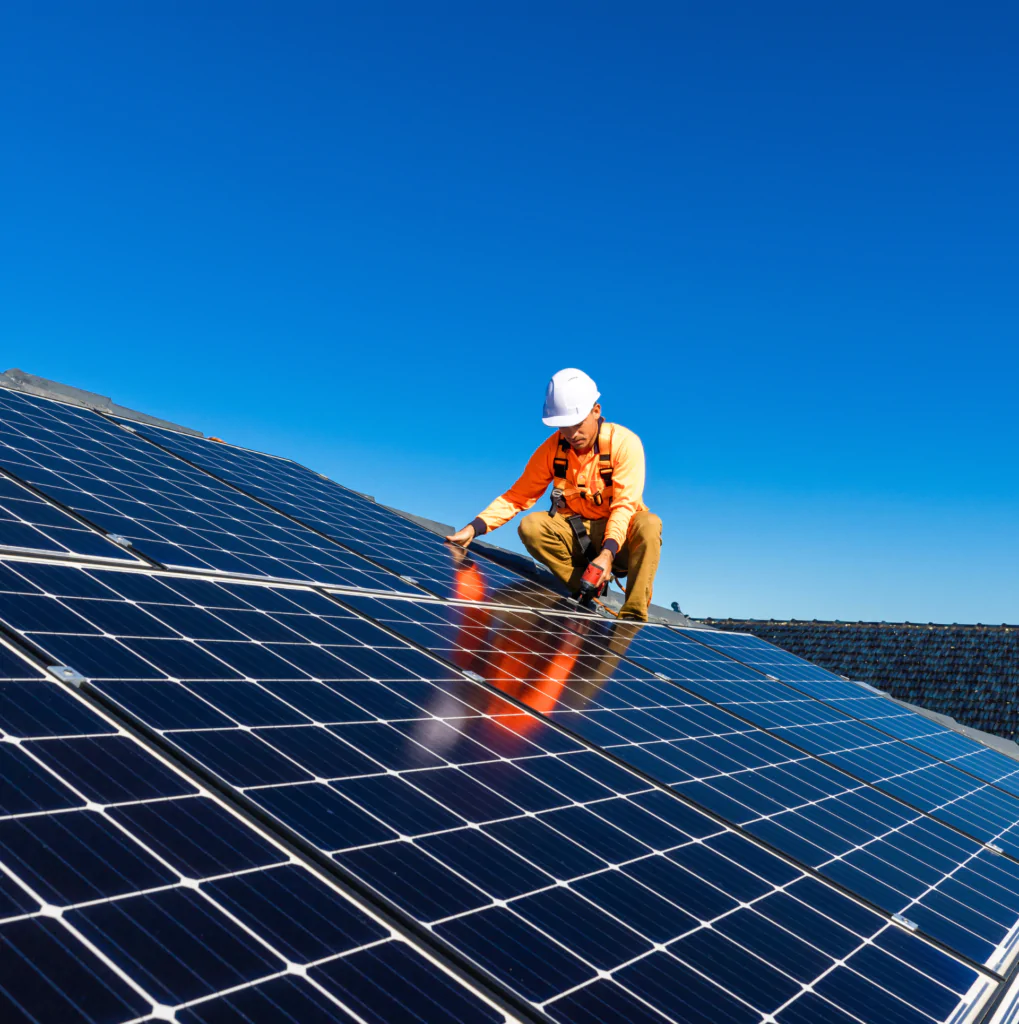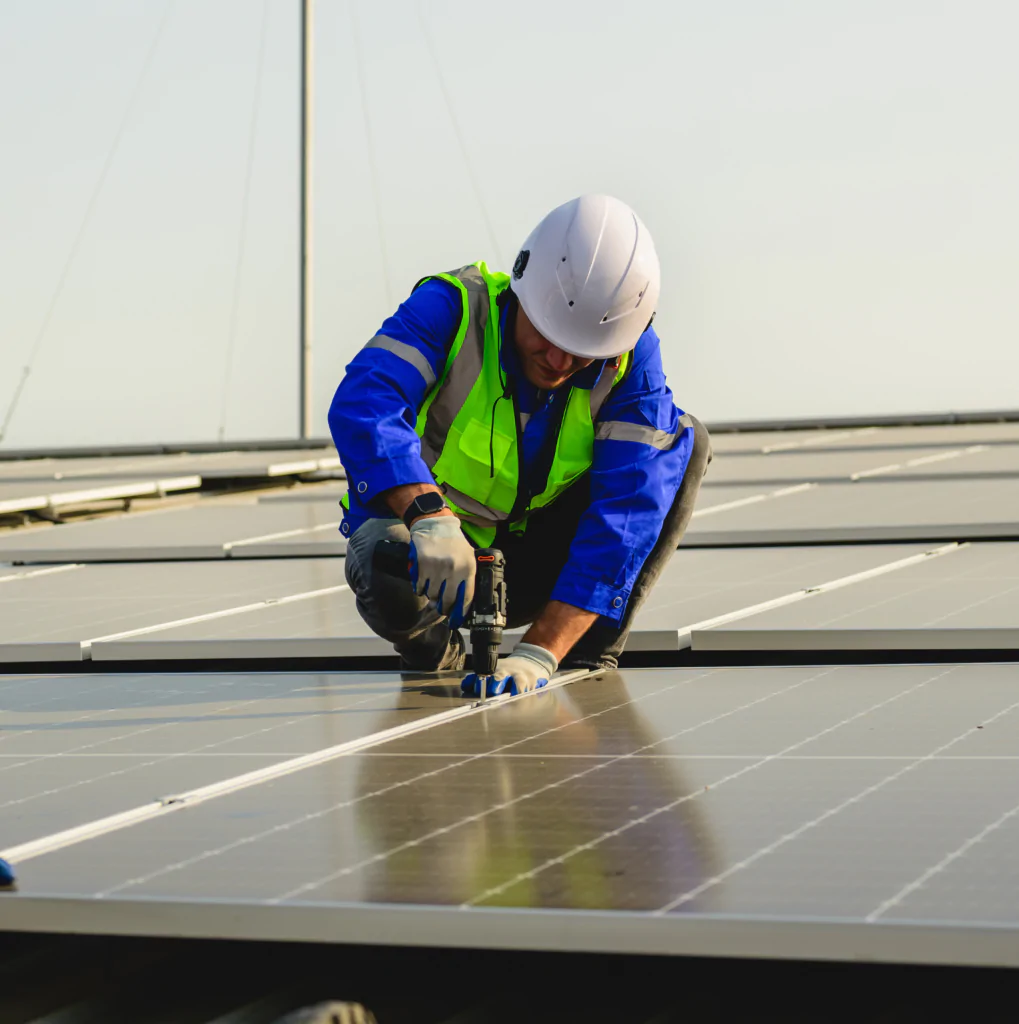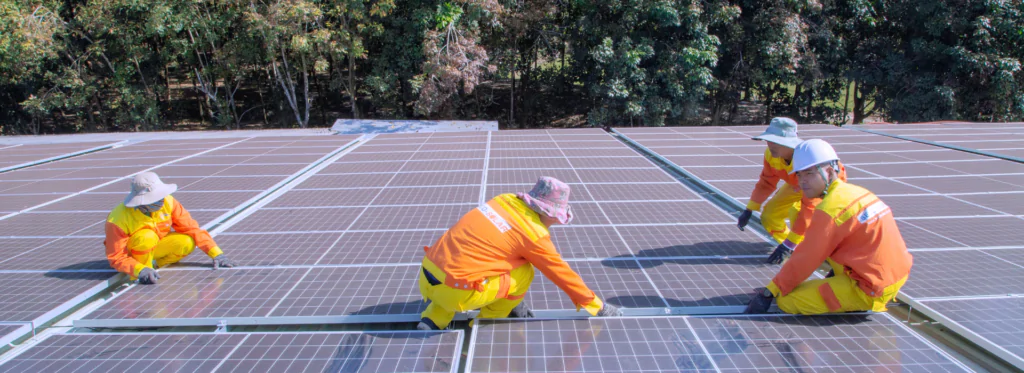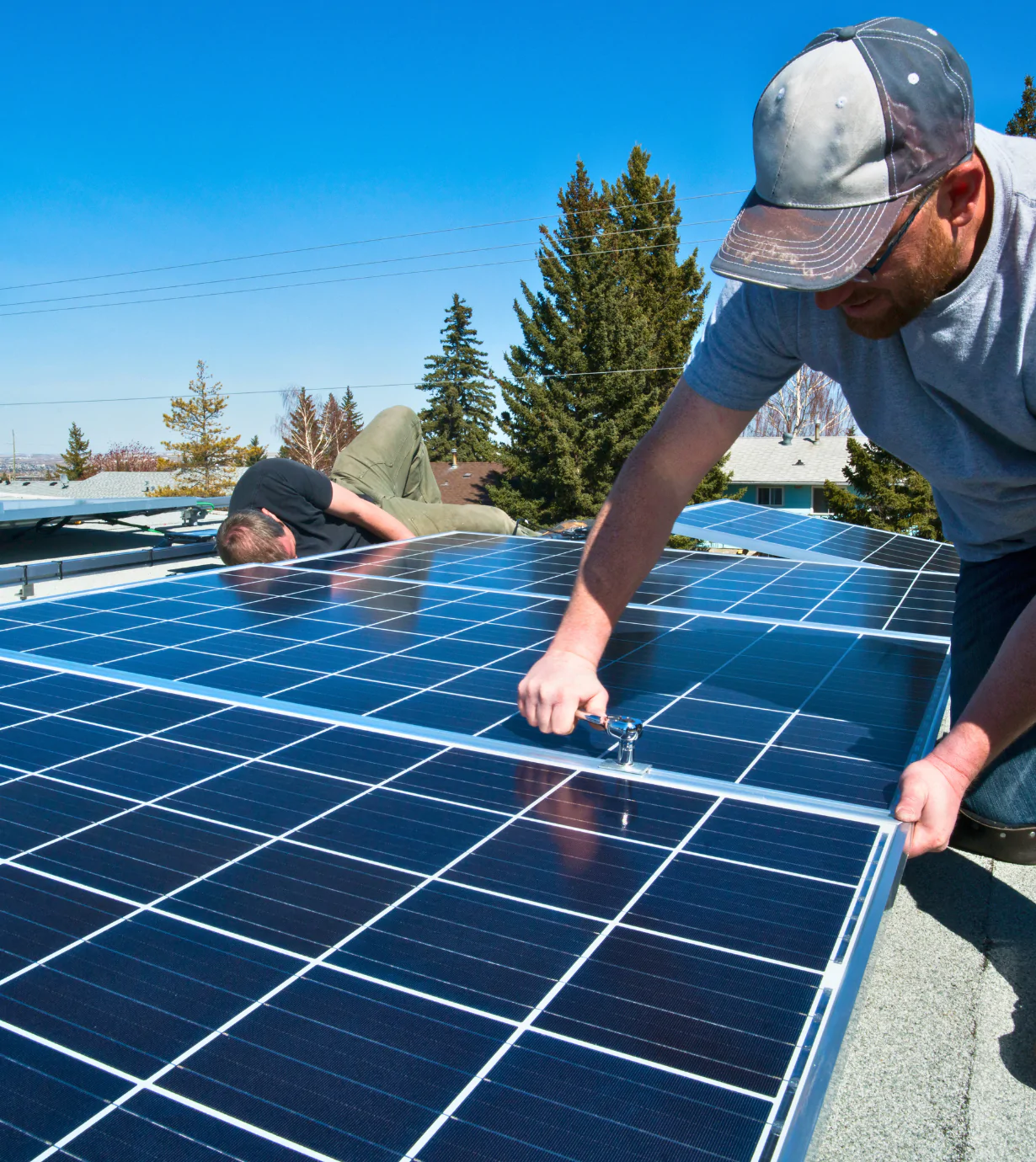Screw foundations provide a highly efficient and adaptable solution for securing solar structures in various terrains. This method involves drilling helical steel piles into the ground using specialized machinery, creating a strong and stable foundation without the need for concrete. Screw foundations are ideal for sites with challenging soil conditions, offering a quick and sustainable alternative to traditional foundation methods.
How It Works
Screw foundations use helical-shaped steel anchors that are rotated into the soil, much like a screw being driven into wood. This process allows the foundation to achieve deep penetration and strong grip, distributing structural loads efficiently. The installation requires minimal ground disturbance, making it an excellent choice for environmentally sensitive areas.


Key Advantages
- Strong and Stable Support
- The helical design ensures deep anchoring, providing excellent resistance to lateral and vertical forces.
- Suitable for high-wind regions and areas with seismic activity.
- Fast and Efficient Installation
- No need for curing time like concrete foundations, allowing for immediate load-bearing capacity.
- Simple and rapid deployment reduces labor costs and project timelines.
- Adaptable to Various Soil Conditions
- Works well in loose, sandy, clay, and rocky terrains.
- Effective in locations where traditional driven piles may struggle to achieve stability.
- Eco-Friendly and Reusable
- No excavation or concrete usage reduces environmental impact.
- Can be removed and reused, making it ideal for temporary solar installations.
- Low Maintenance and Long-Term Reliability
- Resistant to corrosion and weathering, ensuring durability over decades.
- Minimal upkeep required compared to traditional foundations.

Ideal Applications
- Ground-mounted solar projects
- Hilly or uneven terrain installations
- Temporary solar panel setups
- Locations with soil instability
Screw foundations offer a versatile, durable, and cost-effective solution, making them a preferred choice for modern solar infrastructure projects.


